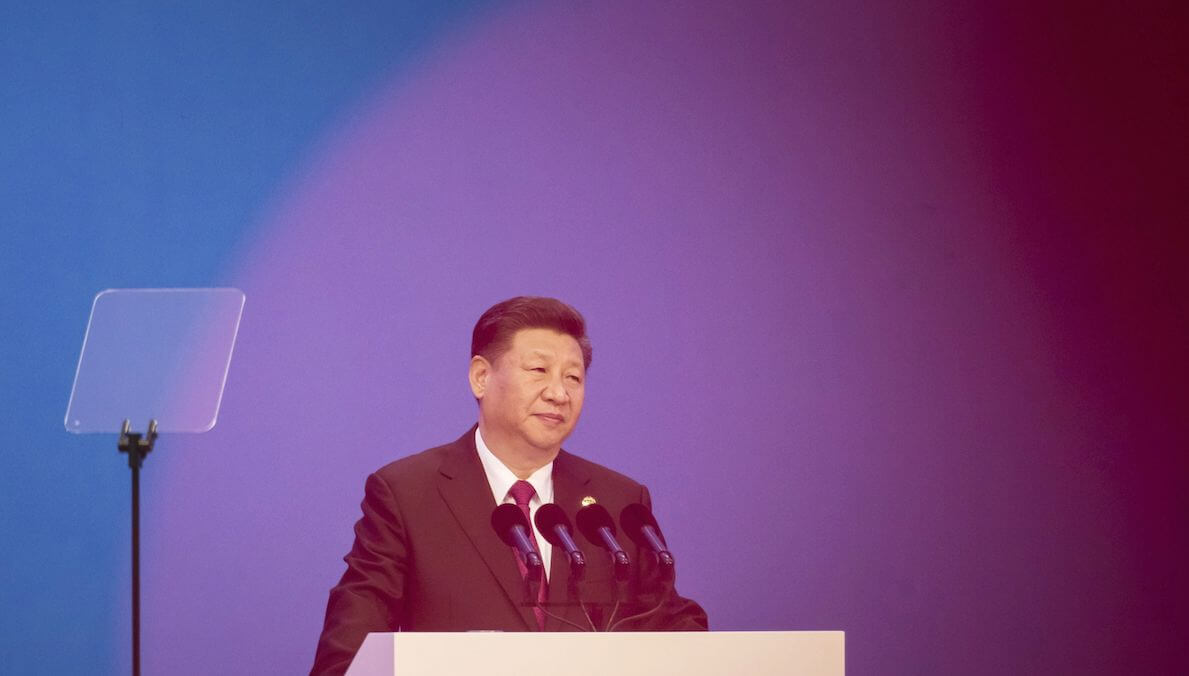After four days of private meetings among the top strata of China’s ruling elite, Beijing has outlined its economic and social goals for the next five years. The communiqué released late on October 29 did not go into the fine details of its plans as of now, but it did outline some broad goals.
These include achieving a “healthy” economic development, becoming a “moderately developed” economy by 2035, and continuing to stay committed to the “peaceful development” of ties with Taiwan, which it considers a dissident province and part of Chinese territory. Not to mention that China is doing all this while recovering from the coronavirus pandemic which began within its borders late last year.
Several economists from international organizations have shared their thoughts on this new development in Beijing.
“Although no specific figures or names were mentioned, a reasonable expectation is that China will aim to reach GDP per capita levels similar to that of South Korea, Israel, or Spain over the next 15 years. The GDP per capita of these countries are $35,000-40,000 in today’s prices, compared with China’s $10,261 in 2019.” economists at Australia and New Zealand Banking Group, led by Raymond Yeung, wrote in a note.
Chang Shu, chief Asia economist at Bloomberg said “An emphasis on encouraging domestic circulation would not signal that China is closing its doors on the world. We expect the plan to encourage two-way trade and promote services trade.”
The communiqué also implied an enthusiastic path of economic expansion without explicitly stating the pace of gross domestic product growth. The previous five-year plan in 2015 had charted a goal for medium-to-high growth.
“While the biggest challenge for Beijing five years ago was a weak economy, the one today is a potential decoupling with the U.S.,” Macquarie economists Larry Hu and Xinyu Ji said in a report.
The administration also laid out a special 15-year strategy called “Vision 2035”. This document will see the country through “the long-term goal of basically achieving socialist modernization by 2035,” according to an official communiqué delivered at the close of the meeting.
“For the 2035 blueprint, it indicates that China’s policy making becomes more long-term oriented, and that investors could expect more continuity and certainty of policies in the upcoming 15 years,” said Liu Peiqian, China economist at Natwest Markets Plc in Singapore. “However, it is more of a political guideline than a basket of detailed measures. The wording of it might look vaguer compared to the five-year plan.”
The aggressive push for self-sufficiency might hinder economic growth by diverting resources away from more lucrative uses, Julian Evans-Pritchard and Sheana Yue of Capital Economics said in a report. “Pursuing self-sufficiency may still be rational as a form of insurance against aggressive decoupling by the U.S. and its allies,” they wrote. “But China’s economy would be better off if such insurance weren’t needed in the first place.”
In another note, economists at Morgan Stanley led by Robin Xing, wrote “Current market estimates are for a growth target in the range of 5-5.5%, while we think 5% would be a reasonable number, with China needing 4.5% annual GDP growth to achieve high-income status by 2025.”
More details will be elaborated at the National People’s Congress – the equivalent of an annual sitting of parliament – when it convenes in March 2021.
Why China’s Five-Year Plan Matters
As the Chinese economy shifts to self-sufficiency, here’s what international experts are saying about its new five-year plan.
November 2, 2020

Creator: Qilai Shen | Credit: Bloomberg
